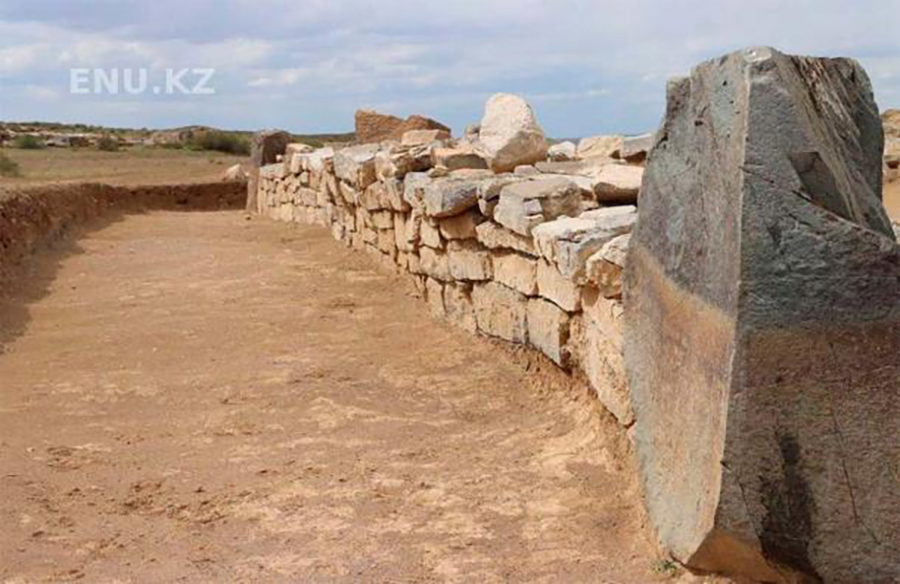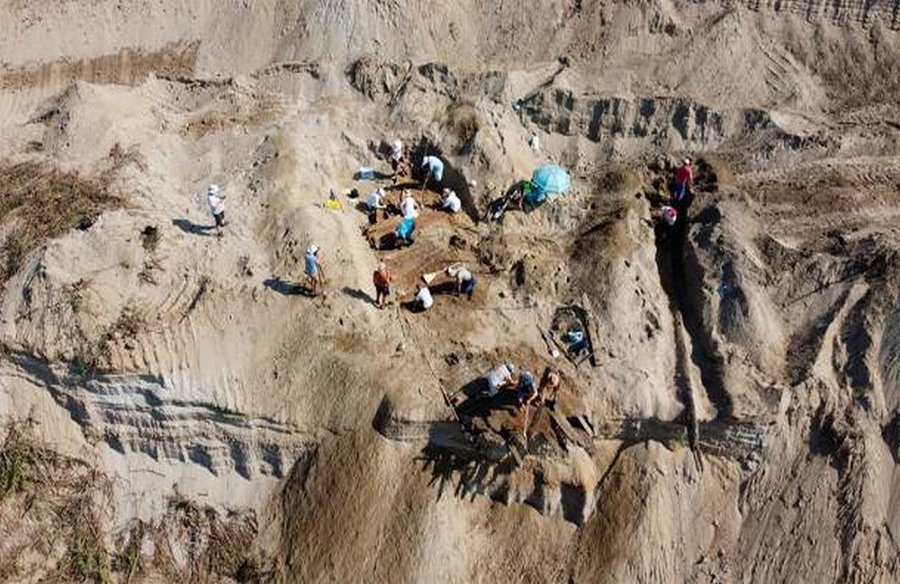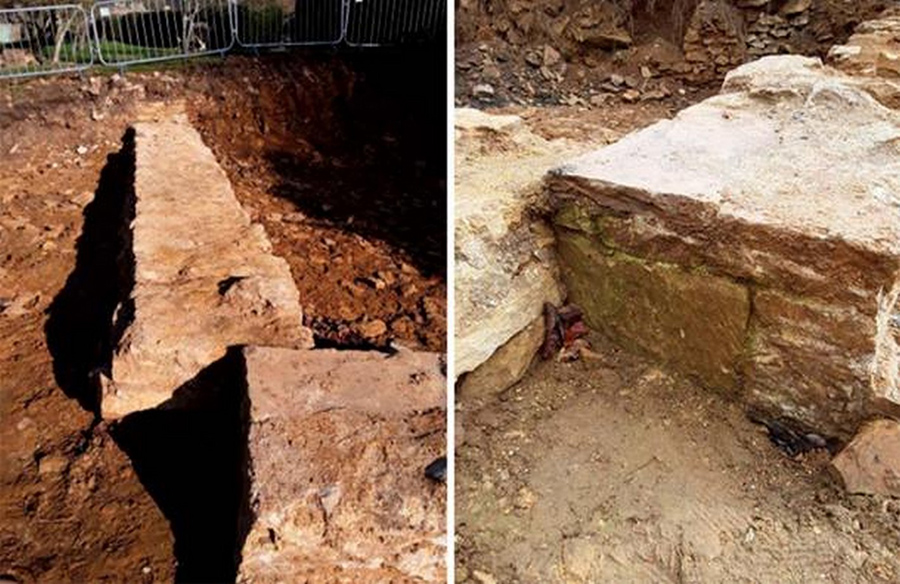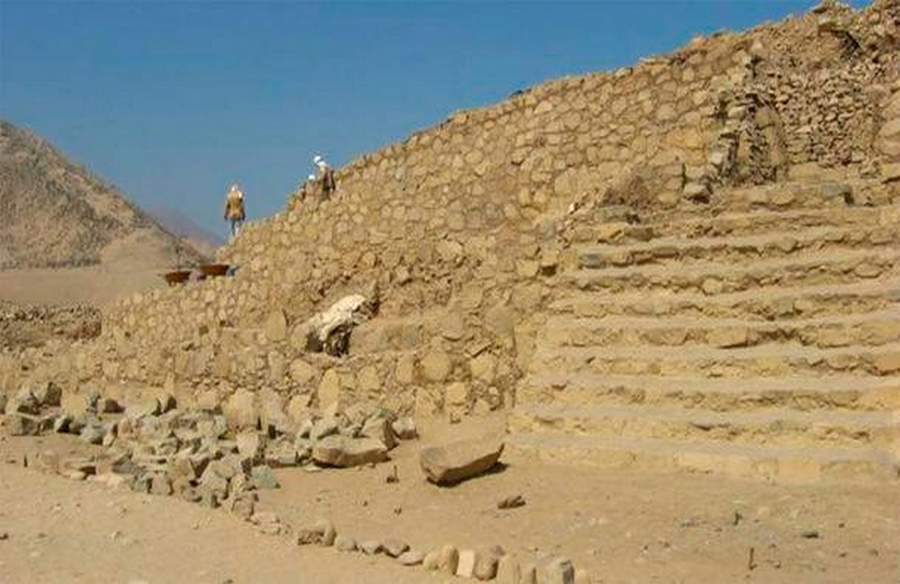A Monumental Discovery
In the ochre-tinted earthen steppes of Kazakhstan, archaeologists have unearthed a remarkable 4,000-year-old Bronze Age pyramid, marking a significant milestone in Central Asian archaeology. This pyramid, discovered as part of the Kyrykungir monumental and funerary complex in Toktamys, showcases an unprecedented architectural marvel in the region.

The Geometric Marvel and Equestrian Cult
The pyramid, a product of meticulous excavation and research spanning nearly a decade, stands as a testament to the ancient sophistication and cultural significance of the region. With its hexagonal shape and symmetrical proportions, the pyramid boasts remarkable geometric precision. Notably, it is adorned with images of various animals, particularly horses, suggesting a deep connection to a horse cult prevalent in the Bronze Age.
Insights from Archaeological Excavations
Since 2014, excavations at the site have revealed sepulchral hillocks dating back to the Hun and Saka periods, offering a glimpse into the mortuary practices of ancient civilizations. These burial sites have yielded a rich array of artifacts, including ceramic containers, bronze beads, and culinary tributes, shedding light on ancient cultural traditions and burial customs.
Architectural Marvel and Cultural Expressions
The pyramid, with each face spanning approximately 42 feet, features grandiose upright black stones adorning its terminals, creating a striking visual spectacle. Fragments of pottery, gold earrings, and other adornments discovered alongside the pyramid exemplify its significance as a center of cultural expression in ancient times.
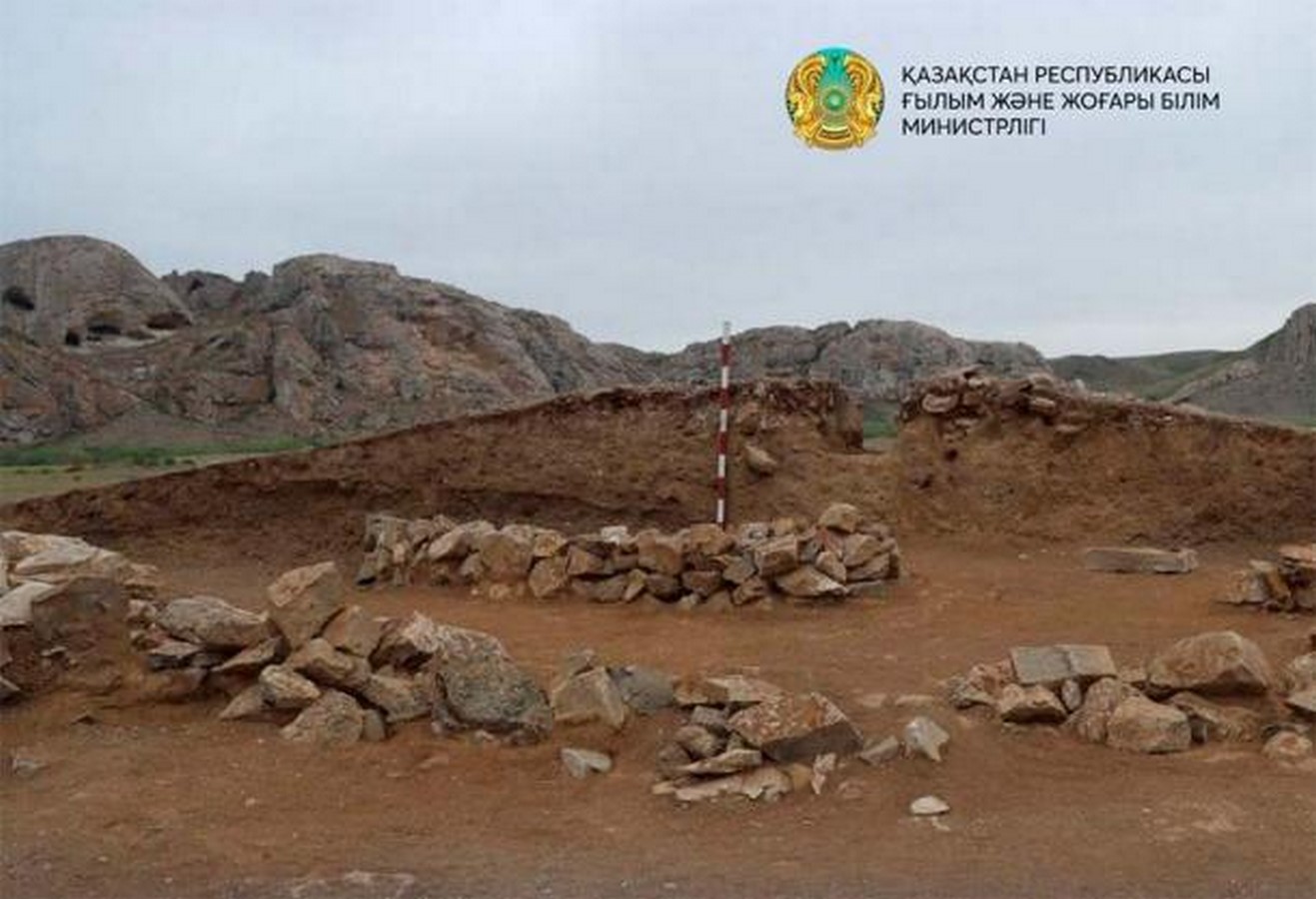
A Window into the Bronze Age
Located southeast of Astana, the archaeological site provides invaluable insights into Bronze Age civilizations in the Eurasian steppe. These civilizations played a pivotal role in cultural exchange, trade, and the spread of ideas along the ancient Silk Routes. The discovery of the pyramid underscores the cultural richness and architectural ingenuity of Bronze Age societies in the region.
Cultural Exchange and Nomadic Traditions
The Eurasian steppe served as a hub for nomadic and semi-nomadic cultures, facilitating the exchange of languages, foods, and cultural symbols. Cultures such as the Yamnaya, Andronovo, and Srubna, known for their expertise in horse domestication, left a lasting impact on the region’s history and cultural development.
Conclusion
The discovery of the Bronze Age pyramid in Kazakhstan represents a significant milestone in Central Asian archaeology, offering valuable insights into ancient civilizations and their cultural practices. As excavation efforts continue, the pyramid promises to unveil further mysteries of the Eurasian steppe’s rich cultural heritage.
